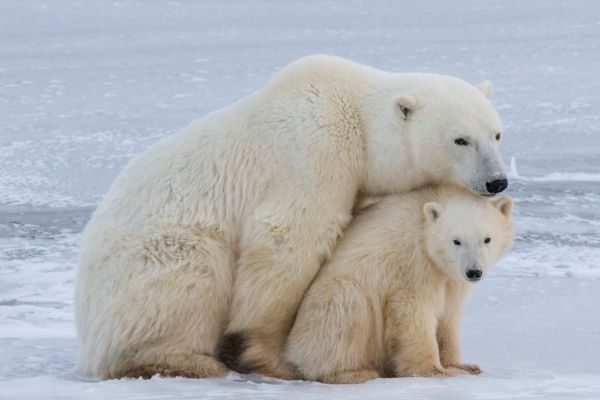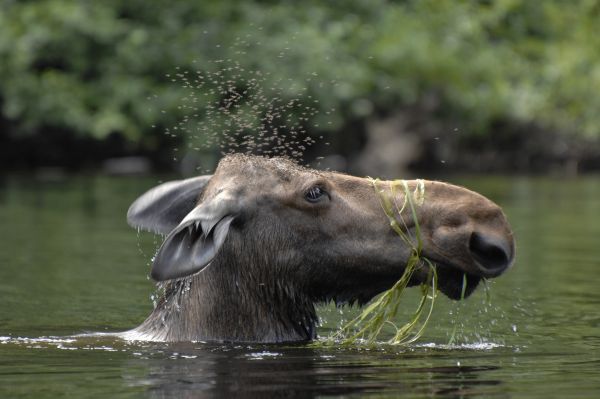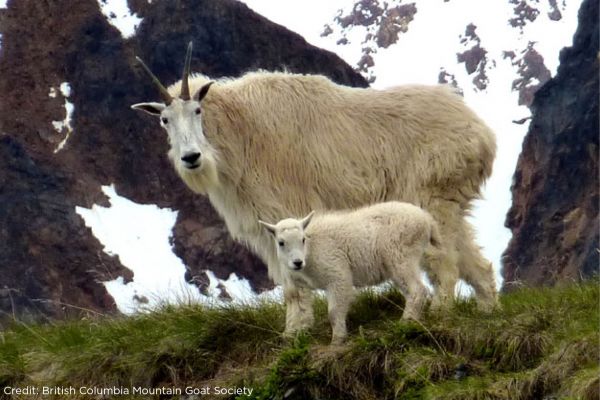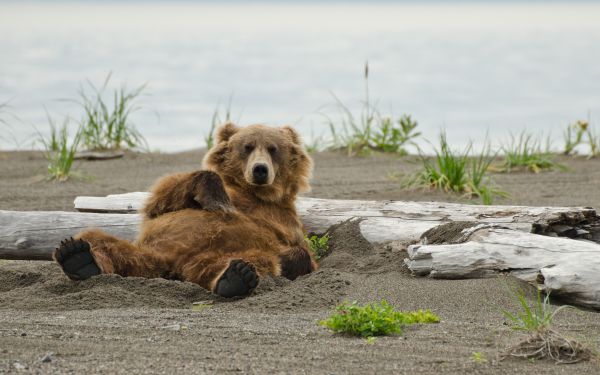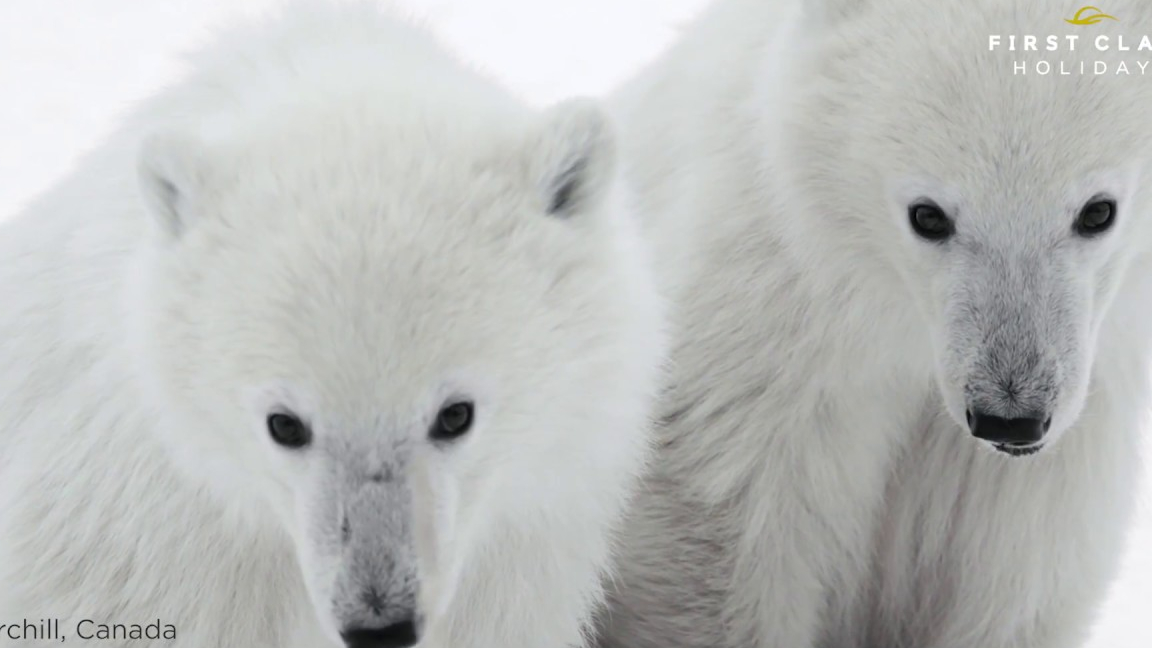A new Channel 5 documentary series airs tomorrow, promising to give us a first-hand perspective of Canada’s quintessential wilderness. As the second largest country on Earth, Canada is a truly magnificent land filled with enchanting forests, endless winding lakes, snow-capped mountains, and a breath-takingly beautiful frozen north.
To survive in these territories, animal have to be tough. From moose to polar bears to whales; Canada has something for every wildlife enthusiast.
Filmed with exquisite and intimate detail of Canada’s wildlife over the course of the year, the programme will give us an insight into the challenges faced as seasons change. Make sure to tune in to Channel 5 tomorrow at 8pm for episode 1.
In the meantime, find out about some of the wildlife that will be featured in the programme, and where you can find them.
Polar bears
You’ll often see polar bears be referred to as “Lords of the Arctic” and it’s easy to see why; these spectacular animals are huge. Male polar bears can grow to more than 10 feet tall – but don’t let their size fool you, they can move with surprising speed and agility! Their acute sense of smell can even sniff out seals under three feet of snow and ice, making them excellent hunters. And what’s better – polar bears have no natural enemies and are therefore fearless!
If you want to get up-close-and-personal with these amazing animals, you can take a journey on one of the unique Tundra vehicles that are designed to move smoothly over snow and ice whilst protecting passengers from curious and/or hungry bears.
And if you wish to view the polar bears from a distance, you can stay at a wilderness lodge built on the bears’ migration route, or take guided walks to areas the bears frequent.
The best time to see the polar bears in action is between October and November, when the bears begin their move from their summer habitat on the tundra back to seal-hunting territory in Hudson Bay.
Find out more about our polar bear viewing tours here: https://www.fcholidays.com/frontiers-north
Moose
Moose are found in Canadian forests from the Alaska boundary to the eastern tip of Newfoundland and Labrador. It is estimated that there are between 500 000 and 1 million moose in Canada. Moose are found on the rocky, wooded hillsides of the western mountain ranges; along the margins of half a million lakes, muskegs, and streams of the great boreal forest; and even on the northern tundra and in the aspen parkland of the prairies.
Moose tolerate cold very well but suffer from heat. In summer, especially during fly season, moose often cool off in water for several hours each day. In fact, moose are quite at home in the water. They sometimes dive 5.5 m or more for plants growing on a lake or pond bottom. Moose have been known to swim 19 km.
Alaska and the Yukon are home to the largest species of moose; you can see them and other amazing wildlife on our fabulous ‘Alaska’s Denali and Kenai Fjords’ tour: https://www.fcholidays.com/america/alaskas-denali-kenai-fjords
Mountain goats
The mountain goat is a very unique mammal. Their ability to climb and travel on steep rock cliffs is superior to all other large mammals and keeps them safe from predators.
Mountain goats survive winter temperatures down to -50 C and wind to 90 kph along with deep snow, avalanches, rock falls and ice. Mountain goats have survived extreme conditions during ice ages in western North America over the last 40,000 years.
Central British Columbia is some of the best mountain goat country in the world; you can count on seeing mountains goats every time you hike in the local mountains!
You can also see mountain goats in their natural habitat on a visit to Bear Claw Lodge. This is a place where mountain goats scale the craggy flanks of snow-capped peaks, and the call of the wolf echoes through old growth forests. Find out more here: https://www.fcholidays.com/canada/bear-claw-lodge
Grizzly bears
There are around 25,000 grizzlies in Canada of which 15,000 inhabit British Columbia. The other 10,000 grizzlies live in the Rocky Mountains of western Alberta, the Yukon, and the Northwest Territories, southwestern Nunavut, and northern Manitoba.
Grizzlies in Canada are found in the Arctic tundra, in sub-alpine meadows, in dense forests, and closer to the Pacific, around inlets and salmon spawning grounds. They prefer remote areas and rugged mountains that are undisturbed by humans.
Grizzly bear watching is often a highlight for many people visiting Canada. To increase your chances to spot grizzly bears, a bear watching tour with an experienced guide for safe bear watching!
There are few places in the world where so much magnificent wildlife, scenery and native culture can be experienced than from Knight Inlet. Knight Inlet Lodge offers guests spectacular scenery and wildlife amidst tree-lined shores and snow-capped mountains. From grizzly bears to killer whales, sea lions to dolphins the seasons bring a constant variety of wildlife opportunities. Find out more here: https://www.fcholidays.com/canada/grizzly-bears-knight-inlet
For more Canada holiday inspiration, visit our website here: http://fcholidays.com/canada
